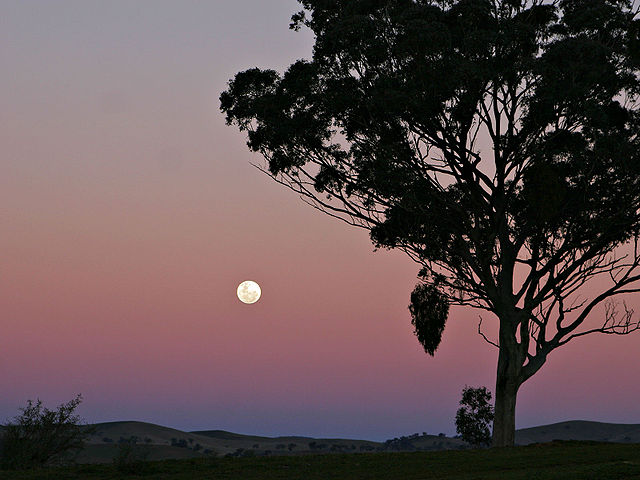The Lion Doesn’t Sleep Tonight

The word “lunatic” dates back to the 1300s. Its modern definition parallels that of the terms “insane person” or “fool,” depending on context, but originally, it had a more narrow usage. While an insane person suffers from a chronic condition, a lunatic was held to be only intermittently insane, as such insanity was caused by the phases of the moon — “lunar insanity,” if you will. Folklore and legend parrot the idea that a full moon could drive someone crazy; werewolves, for example, transform from humans into uncontrollable wolf-beasts when there’s a full moon out. That’s fiction, of course. But the people of the 1300s saw some sort of pattern — and while its very likely there is no reason for those discoveries (and likely no pattern at all), a relatively recent study may offer an explanation for why centuries ago, humankind saw a full moon a harbinger of bad things to come.
That explanation?
Lions.
Lions are predators who feast on meat, and unlike us people, they don’t have butcher shops. They have to hunt. It’s easiest to hunt at night, where one’s prey can’t see you coming, so lions tend to strike after dusk. Unsurprisingly, lions therefore hunt well when there moon is its smallest (and during New Moons), as there’s simply less light in the night sky. A study of lion-on-human attacks by a University of Minnesota professor named Craig Packer — the Telegraph termed him a “lion expert,” which is a really cool title — suggests this is true. In a recent paper, Packer discussed his look into the roughly 500 lion attacks in Tanzania from 1988 to 2009. He found that those attacks occurred disproportionally more often during the first four days of each moon cycle — and then drop off significantly as the moon gets increasingly larger in the lead up to the full moon ten days later.
And when the full moon itself hits? The lions often go hungry, finding it difficult to find a meal that won’t run away first.
In the days after, though, the moon plays a neat trick. Sure, it’s still rather large, and it therefore still illuminates the night sky. But as each day ticks by, it rises later and later — an additional 50 minutes or so later each day. So while the full moon rises at sunset each cycle, the next day’s moon only comes up after nearly an hour of darkness. This gives the lions — the now hungry lions, due to a few days of poor hunting conditions — at least an hour of darkness to hunt down a meal during rest of the moon’s cycle. And the data suggests that’s exactly what’s happening. According to Packer and his team, as reported by the Telegraph, the “vast majority of attacks occurred between dusk and 10pm on nights when the moon was waning and providing relatively little light.” The only warning to the people of the 1300s? The full moon appeared the night before this all started.
While Packer’s study was limited to lions, it follows that other predators would follow the same pattern, so the theory isn’t limited to areas where lions (and lion attacks) were historically common. Regardless, whether that’s the reason our collective ancestors started to fear the full moon is, of course, impossible to determine. But it makes more sense than werewolves.
Bonus Fact: While the above deals with lion attacks, lions aren’t always the enemy. In 2005, a 12-year-old Ethiopian girl was abducted and, thankfully, recovered. The recovery was aided by the fact that three lions chased away her captors and after, guarded her for a day and a half.
From the Archives: Let There Be Light: How a town in Italy redirected the sunlight. (This isn’t all that related to the above, but it’s neat.)
Related: A NASA moon globe.
